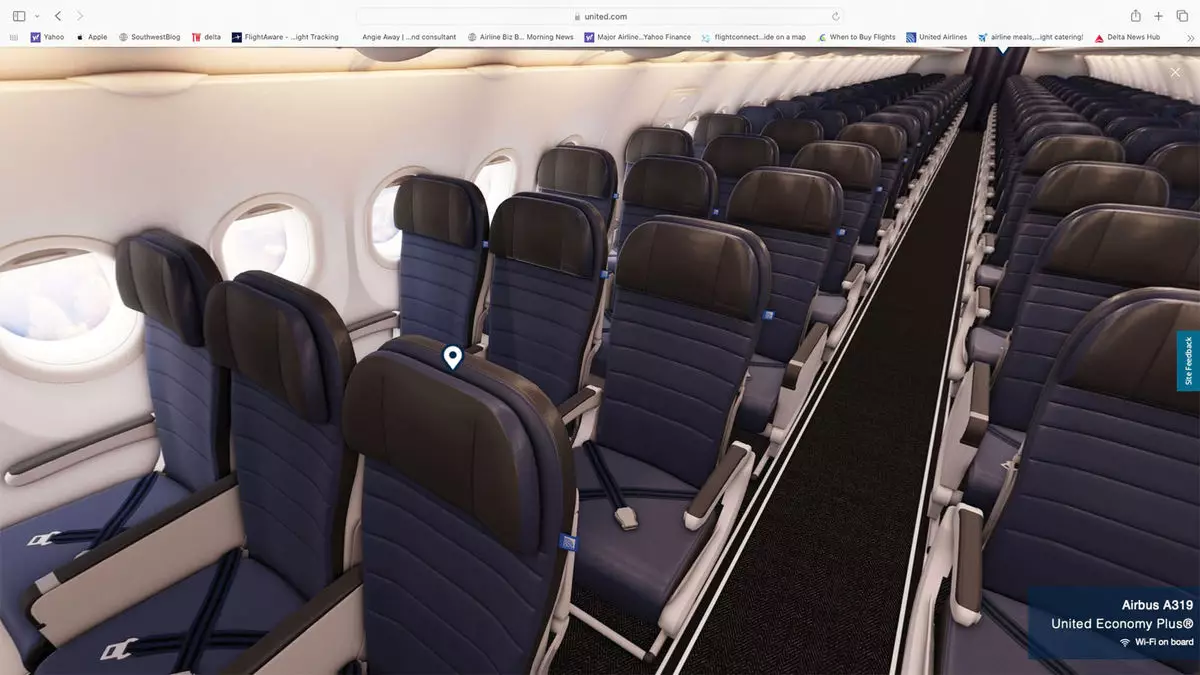The world of travel technology has long been criticized for lagging behind other e-commerce industries, particularly in terms of visually engaging content. A recent Phocuswright report compared the simplicity of shopping for a nail at Home Depot, which includes a comprehensive view of the product with detailed specifications and reviews, to the experience of booking a flight ticket worth significantly more. This stark contrast has prompted ATPCO to make significant strides in enhancing the visual appeal of flight shopping by incorporating photos and videos into the process.
ATPCO, a renowned fare-filing repository and technology provider, has witnessed a three-fold increase in the number of flight queries featuring visual content, with a staggering 6 billion images and videos being processed weekly. These visuals range from snapshots of aircraft seats to in-flight entertainment screens and meal options, aiming to provide consumers with a more immersive booking experience. According to ATPCO Chief Alex Zoghlin, incorporating such visual elements has become essential as consumers now expect richer product information, similar to what they encounter on leading e-commerce platforms like Amazon.
ATPCO’s RouteHappy merchandising solution has spearheaded the integration of visual content into flight shopping displays, establishing itself as a dominant force in the market. While ATPCO acknowledges that the exact impact of such images on flight searches remains uncertain, various airlines, including major carriers like Southwest, United, American, and Delta, have embraced RouteHappy’s photo and video content. These visuals have been successfully integrated into over 30 third-party airline sales channels, encompassing GDSs, OTAs, corporate booking tools, and metasearch sites.
Despite the progress made in enhancing the visual aspect of flight shopping, the deployment of photo and video displays remains inconsistent across platforms. For instance, Expedia’s visuals were limited to iOS devices in the U.S. market, while Kayak paused its image displays for a redesign. However, airlines like United have successfully leveraged 3D views of aircraft interiors to enrich the booking process on their website. While the impact of visual assets on conversion rates remains undisclosed, industry experts suggest a positive correlation between engaging visuals and consumer behavior.
Contrary to skepticism surrounding the appeal of showcasing mundane airline features as marketing tools, consumer surveys indicate a growing preference for visual depictions when booking flights. A recent Phocuswright study revealed that travelers, especially those in younger demographics, are more inclined to book flights with visual representations of the product. This shift in consumer behavior highlights the importance of visual content in capturing and retaining customer attention in a competitive marketplace.
The incorporation of photos and videos into the flight shopping experience represents a significant advancement in the travel industry, aiming to transform the way consumers engage with and make purchasing decisions. As technology continues to evolve and consumer preferences evolve, airlines and online travel agencies must stay attuned to the power of visual storytelling in driving conversions and enhancing the overall booking experience.


Leave a Reply